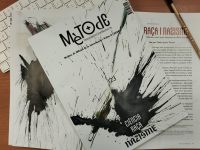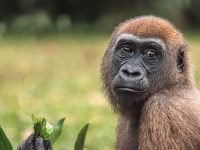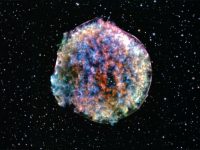A picture and a thousand words
The pairing of photography and science
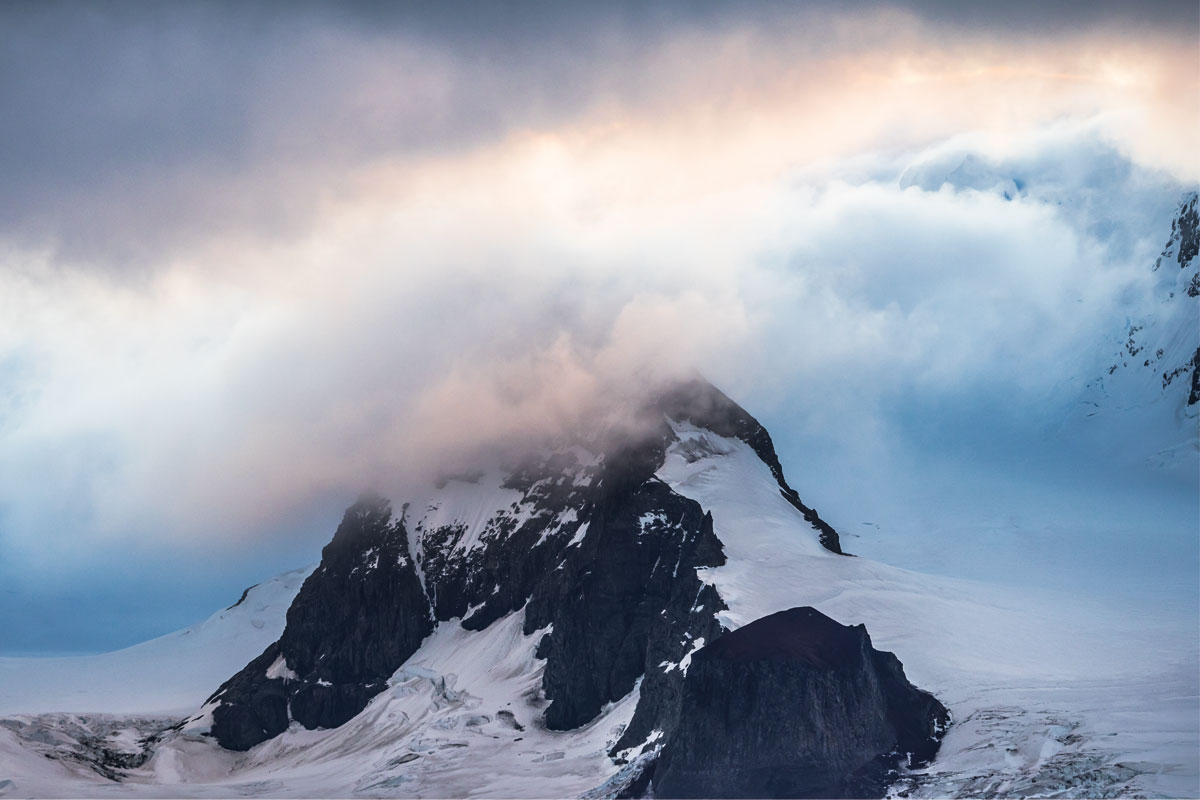
Photography was born at the beginning of the 19th century as a tool for representing the world around us. With its advent, the scientific community found an ally to push back the frontiers of knowledge. Since then, the pairing of photography and science has evolved considerably. Photography has positioned itself not only as an effective means of collecting data, but also as a tool for sharing scientific information, both inside and outside the academic world. In addition, technological developments in recent decades have encouraged almost constant interaction between photography and the public, including the research community. This has further opened up possibilities for integrating photography into scientific career development.
Keywords: photography, science, scientific photography, history, conservation.
In 1871, after the end of the American Civil War (1861–1865), the geologist Ferdinand Vandeveer Hayden set out on a scientific exploration of the then challenging Yellowstone region. His intention was to describe the geological, zoological, botanical, palaeontological, and climatic characteristics of the area. Not only was Hayden a tenacious explorer, but he also had an insight that would change the course of his country’s history and, by extension, that of conservation biology: he wanted to record this inhospitable landscape not only with scientific specialists, but also with a photographer and a painter. The photographer was William Henry Jackson, a young New Yorker.
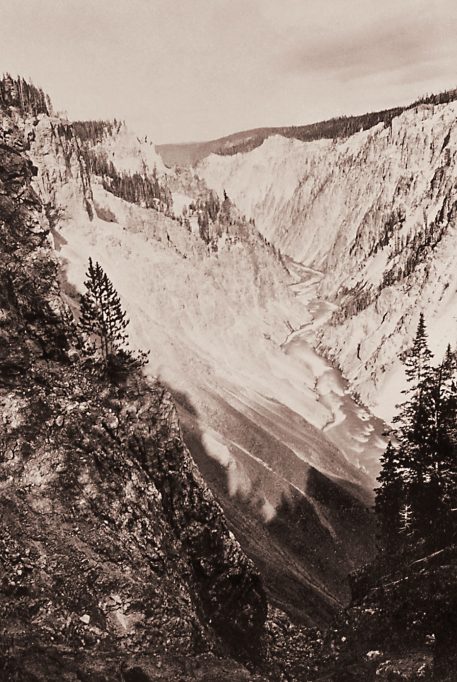
Photographer William Henry Jackson accompanied geologist Ferdinand Vandeveer Hayden on his expedition to Yellowstone in 1871. Jackson’s photographs had such an impact on public opinion and the US Congress that they led to the area being declared a protected natural area. Shown here is Jackson’s photo of the Grand Canyon of the Yellowstone natural park, taken from the Lower Falls. / National Park Service – William H. Jackson
After the expedition, Hayden described Yellowstone as a priceless treasure that would become more precious as the years went by – a message that seemed to foreshadow what we would witness almost two centuries later. The expedition was a success. Firstly, because of the technical and scientific data they collected. But also because Jackson returned with photographs of such quality that they dazzled the American public and the US Congress. For the first time, there were real images of the geysers and waterfalls that filled the stories and legends of the time. Such was the impact of his photographs that Jackson (or rather his work) went down in history as one of the main reasons why President Ulysses S Grant signed the Act of Dedication on 1 March 1872, making Yellowstone the first national park in history.
But the power of photography to influence institutions as powerful as the US Congress had already been demonstrated a decade earlier by photographer Carleton Watkins, considered one of the most influential artists in American history. His images of Yosemite were so powerful that President Abraham Lincoln took the time, in the midst of the Civil War, to sign a bill that would help protect the region. It was the first time in history that the US government had protected such a large natural area. This undoubtedly laid the groundwork for Yellowstone to be declared a national park just a decade later.
These events were crucial to the preservation of Yosemite, and later Yellowstone, at a time when there were already emblematic conservation movements such as the one led by the diplomat and philologist George Perkins Marsh in 1854. So, were Watkins and Jackson’s images more powerful than all the previous reports warning of the need to protect wilderness? There is considerable evidence that people remember a message better when it is conveyed through an image than when it is conveyed through text alone. Furthermore, the message in a text is more memorable when it is accompanied by an image (Baadte & Meinhardt-Injac, 2019; Defeyter et al., 2009). Yosemite became a national park and was later declared a UNESCO World Heritage Site in 1984. Watkins’ images have gone down in history as the first step that led to the preservation of this iconic site.
The cases of Watkins and Jackson are examples of the social and political power of photography, and also of the interesting alliance that emerged when the discipline joined forces with the world of science. A partnership that, while promising at the time, was not new. The use of images to represent the natural world is ancient. Before photography, naturalists and researchers used illustrations not only to enhance the scientific and technical value of their observations, but also to justify to their sponsors the value of the money invested and to communicate the results of their long expeditions to the general public. Charles Darwin himself (1845/2001, p. 385) would have saved a lot of ink if he had had access to a hand-held video camera to describe the marine iguanas of the Galapagos Islands which he described thus: «It is a hideous-looking creature, of a dirty black colour, stupid and sluggish in its movements. The usual length of a full-grown one is about a yard, but there are some even four feet long». A description which, to the reader’s eye, seems obviously impregnated with Darwin’s subjective and not very affectionate view of these animals.
A symbiosis to describe and understand the world
Photography and science have been linked since the early days of the former (Wilder, 2009). It was a process of trial and error that lasted several centuries and which Joseph Nicéphore Niépce conquered between 1824 and 1826, when he finally succeeded in capturing photographs in a durable way. One of these, View from the window at Le Gras, taken in 1826, is the oldest surviving photograph. In 1839, the breakthroughs made by Louis Daguerre in France and William Fox Talbot in England marked the beginning of the now unstoppable technological development associated with photography. Indeed, the influential magazine The Literary Gazette printed the following on the subject:
This discovery seems like a prodigy. It disconcerts all the theories of science in light and optics, and, if borne out, promises to make a revolution in the arts of design. M. Daguerre has discovered a method to fix the images which are represented at the back of a camera obscura; so that these images are not the temporary reflection of the object, but their fixed and durable impress, which may be removed from the presence of those objects like a picture or an engraving. (Gaucherd, 1839, 12 January, p. 28)
Although Daguerre conceived his invention for purely personal use and for technical design (e.g., in architecture), photography was seen from the outset as a fundamental tool for the advancement of knowledge. In particular, it was readily adopted by the scientific observational community (Barger & White, 2000) because it was ideal for capturing a precise moment from an objective point of view that would be recorded for eternity. The French physicist, astronomer, and mathematician Jean-Baptiste Biot even defined photography as a kind of artificial retina that would be used every day in the world of physics.

Thermographic photograph of a dog in the shade at 27 °C ambient temperature. This and other images were taken as part of a study by Bálint et al. (2020) to investigate the sensitivity of dogs to changes in thermal radiation./ Bálint et al. (2020) – Scientific Reports
Daguerre and Biot could not have predicted the revolution that would take place on the shoulders of photography. Nor would they have believed that, almost two centuries after its birth, the use of photography in science would continue to grow so rapidly (Wilder, 2009). Its use has been so diverse, spanning so many disciplines and applications, that its fruits include the observational proof of the existence of neutrons in 1932 and imaging of the double helix structure of DNA in 1953. It has also been instrumental in unlocking the secrets of the firmament. For example, it provides information about distant planets and galaxies through the use of X-ray imaging, a technique that has been successfully applied in fields as diverse as anatomy, forensic medicine, and analytical chemistry. Astrophotography, macrophotography, microphotography, photo-trapping, drone photography, fluorescence, high-speed, infrared, thermal, and ultraviolet photography are just some of the many new ways photography is being applied in science. Astronomy, ethology, zoology, ecology, physiology, conservation biology, physics, analytical chemistry, and taxonomy, among many other scientific disciplines, often use photographic techniques for data collection and analysis. Even in recent years, the exponential development of technology, which has put a mobile phone with a camera in the hands of every individual, has led to the growth of citizen science projects, which seek, for example, to create large databases derived from images taken by ordinary citizens.
It could be said that the scientific community has found in photography a tool that has not only accompanied its research for decades, but has evolved along with science itself, often providing the key to breaking down the boundaries of knowledge (Snow, 1959).
Alternative uses of photography
The role that photography plays in various analytical techniques (such as those mentioned above), as well as in describing and understanding the world around us, seems self-evident (Wilder, 2009). But other ways in which photography can become an ally of the scientific community are not as obvious or widespread. Although an analysis of these is beyond the scope of a single article, a few examples are given below.
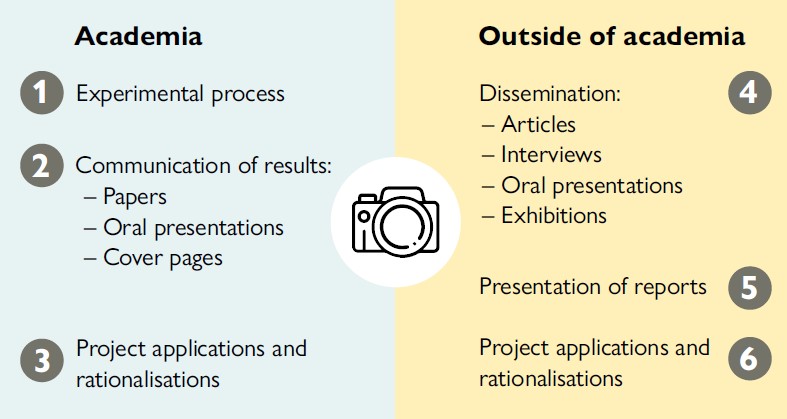
An overview of the main ways in which photography can be used to develop a scientific career. The blue section lists activities where photography can be of use in a purely academic environment; the yellow section lists examples outside this field.
As illustrations once did, and as the examples of Watkins and Jackson show, photography can be a very effective way not only of communicating the results of a scientific study, but also of drawing attention to them. In this respect, recent research suggests that scientific articles that manage to publish an image related to their research on the cover of the journal enjoy a wider circulation and, on average, receive more attention (measured by indicators such as the number of citations and web downloads of their work). These results were obtained after analysing papers published in prestigious multidisciplinary journals such as Nature, Science, or Cell Press, as well as in groups of more specialised journals in fields such as biological sciences, physics, or chemistry (Battiston et al., 2022; Kong & Wang, 2020; Wang et al., 2017; 2022). The increasing importance of the use of striking images as covers of scientific journals is undeniable, as expounded in the reflection of the editor Jillian M. Buriak (2015, p. 5451) for the journal Chemistry of Materials: «The cover image has […] evolved to become the representative image of a journal issue, and we advertise it heavily via social media».
In his editorial, Buriak (2015) invited the scientific community to submit, along with their articles, an image that shows or summarises the context of their findings; an image to compete for the cover of the journal. This is a trend followed by other journals and in other fields, where photography acts as another link in the chain of knowledge transfer. In line with this idea, some journals in the field of conservation biology often draw on the professional photographic work of such institutions as the International League of Conservation Photographers for their covers. While science can identify and study a particular event, the language of photography can frame the entire context of such event in just a few seconds, «hijacking» the reader’s attention to a particular study.
However, not all journals attach the same importance to the use of photographs. Some still rely on non-photographic layouts set in stone for years (see Costa & Salvidio, 2021, for the field of animal behaviour). In addition, there are still many unknowns. These include whether photographs taken by professional photographers are more likely to be selected by editors than those taken by non-professionals, and whether the former attract more attention once published – for example, by encouraging more citations or press coverage (both of which are increasingly important indicators in evaluation processes). It is also unclear whether there are fields of research whose photographs are more attractive to publishers and readers. In terms of the subjects photographed, large mammals are more likely to be selected for cover publications than other animal groups such as arthropods and reptiles (Costa & Salvidio, 2021). Similarly, we do not know whether one type of photography predominates over another in scientific journals (e.g., documentary over creative), or whether certain images are more long-lived and attractive than others in the publishing world (e.g., portraits and landscapes over macrophotography).
In the age of virtual communication, the power of photography transcends the academic world. According to a 2012 study by the Hubspot platform, messages accompanied by an image on social networks such as Facebook receive an average of 53 % more likes and 104 % more comments. When an image attracts more attention from the public, it stimulates their reaction and can also help fix a message in their memory (Defeyter et al., 2009; Baadte & Meinhardt-Injac, 2019). Photography can therefore be a promising element for connecting science and society. Indeed, the rise of photography competitions in prestigious scientific organisations and institutions such as the British Ecological Society, the Royal Society, Nature, and the BioMed Central journals group reflects this trend.
Moreover, outreach must form part of the career path of anyone involved in science. Whether in articles, books, or at conferences, the use of photography can again, be influential. The likelihood of a scientific study being published in globally influential journals such as National Geographic, BBC Wildlife, or Scientific American, to name but a few, increases when the text is accompanied by high quality photographs. In addition, publication in these journals not only increases the dissemination of results – and thus, the transfer of knowledge – but also provides an attractive incentive for projects in both public and private institutions. It is worth noting that the application forms for many of these projects allow for the inclusion of images, which, as we have seen, can help to anchor the message for the reader (in this case, the evaluation panel).
Whichever way you look at it, photography has proven to be a great ally in different step and stages of scientific career; it can be a useful and highly relevant tool in many processes of the scientific method. Its versatility and ability to convey information make it not only a link between art and science, but also a bridge between the scientific community and the general public – and then between the general public and the world around us.
References
Baadte, C., & Meinhardt-Injac, B. (2019). The picture superiority effect in associative memory: A developmental study. British Journal of Developmental Psychology, 37(3), 382–395. https://doi.org/10.1111/bjdp.12280
Bálint, A., Andics, A., Gácsi, M., Gábor, A., Czeibert, K., Luce, C. M., Miklósi, Á., & Kröger, R. H. (2020). Dogs can sense weak thermal radiation. Scientific Reports, 10(1), 3736. https://doi.org/10.1038/s41598-029-60439-y
Barger, M. S., & White, W. B. (2000). The daguerreotype: Nineteenth-century technology and modern science. JHU Press.
Battiston, P., Sacco, P. L., & Stanca, L. (2022). Cover effects on citations uncovered: Evidence from nature. Journal of Informetrics, 16(2), 101293. https://doi.org/10.1016/j.joi.2022.101293
Buriak, J. M. (2015). How we choose cover images. Chemistry of Materials, 27(16), 5451–5452. https://doi.org/10.1021/acs.chemmater.5b03094
Costa, A., & Salvidio, S. (2021). Animal behaviour on the cover: Layout cover patterns of ethological journals. Ethology Ecology & Evolution, 33(2), 191–199. https://doi.org/10.1080/03949370.2020.1845809
Darwin, C. (1845/2001). The voyage of the Beagle: Journal of researches into the natural history and geology of the countries visited during the voyage of H. M. S. Beagle round the world. The Modern Library.
Defeyter, M. A., Russo, R., & McPartlin, P. L. (2009). The picture superiority effect in recognition memory: A developmental study using the response signal procedure. Cognitive Development, 24(3), 265–273. https://doi.org/10.1016/j.cogdev.2009.05.002
Gaucherd, H. (1839, 12 January). The Daguerreotype. Literary Gazette, and Journal of the Belles Lettres, Arts, Sciences, & C., 1147, 28.
Kong, L., & Wang, D. (2020). Comparison of citations and attention of cover and non-cover papers. Journal of Informetrics, 14(4), 101095. https://doi.org/10.1016/j.joi.2020.101095
Snow, C. P. (1959). The two cultures and the scientific revolution. Cambridge University Press.
Wang, G., Gregory, J., Cheng, X., & Yao, Y. (2017). Cover stories: An emerging aesthetic of prestige science. Public Understanding of Science, 26(8), 925–936. https://doi.org/10.1177/09636625177066
Wang, Y., Xie, Y., Wang, D., Guo, L., & Zhou, R. (2022). Do cover papers get better citations and usage counts? An analysis of 42 journals in cell biology. Scientometrics, 127(7), 3793–3813. https://doi.org/10.1007/s11192-022-04444-0
Ward, M., Carwardine, J., Watson, J. E., Pintor, A., Stuart, S., Possingham, H. P., Rhodes, J. R., Carey, A. R., Auerbach, N., Reside, A., Yong, C. J., & & Tulloch, A. I. (2022). How to prioritize species recovery after a megafire. Conservation Biology, 36(5), e13936. https://doi.org/10.1111/cobi.13936
Wilder, K. E. (2009). Photography and the art of science. Visual Studies, 24(2), 163–168. https://doi.org/10.1080/14725860903106161

